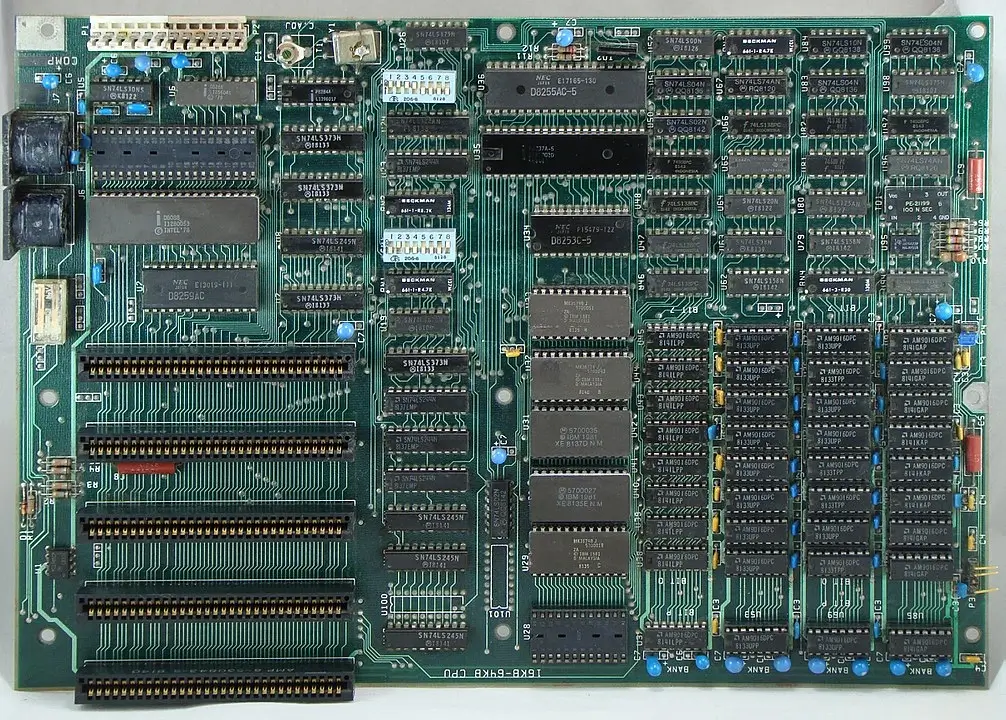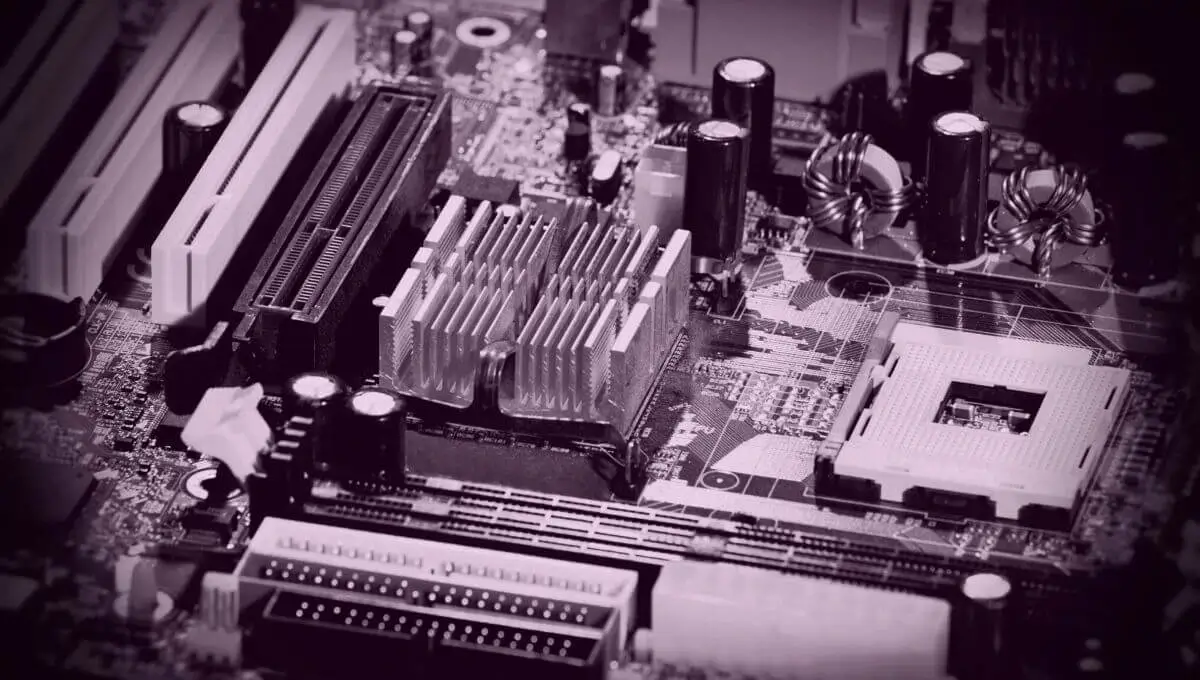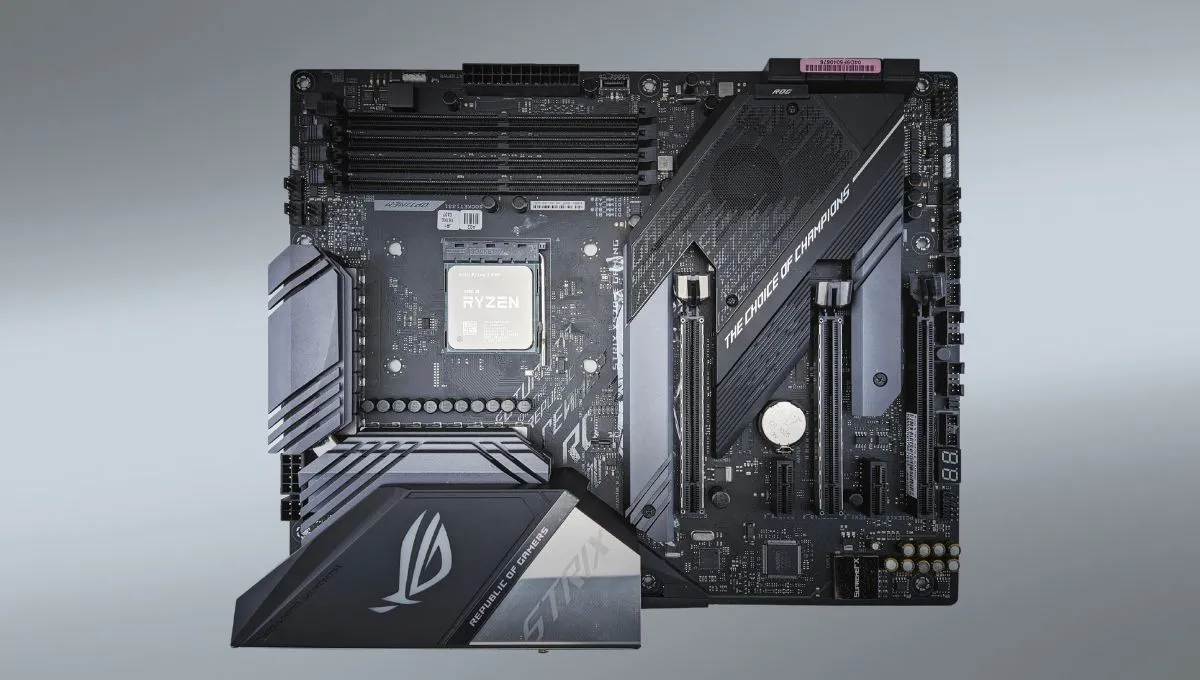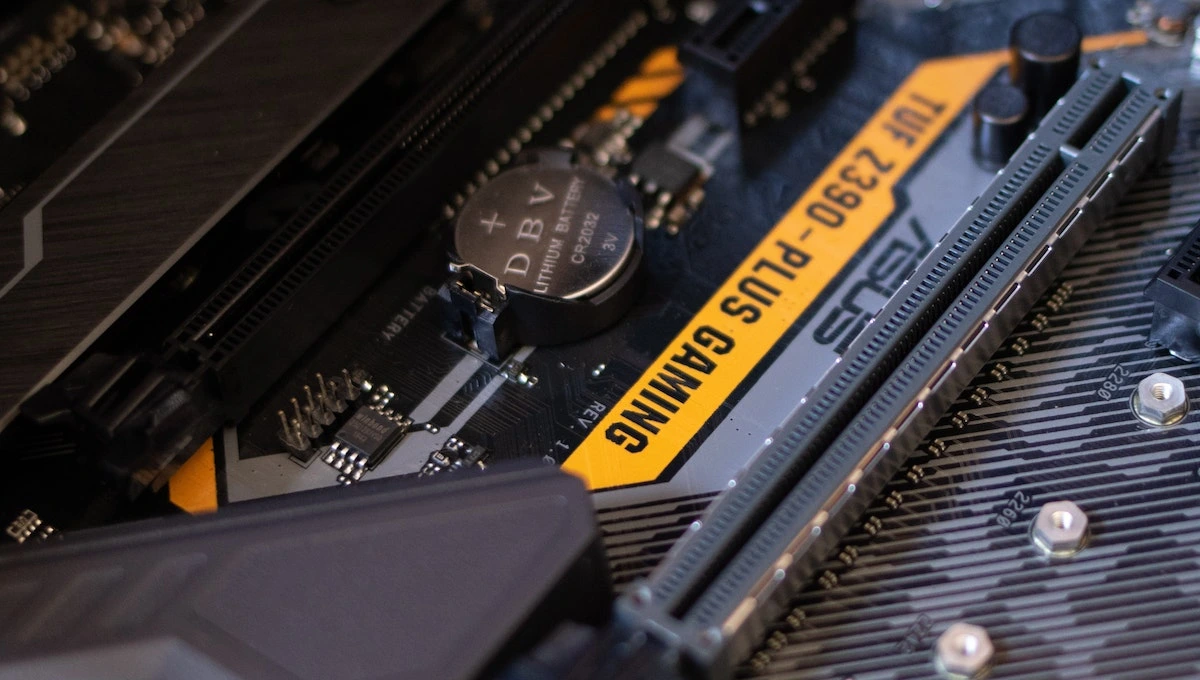Nowadays every electronic device needs a motherboard. It’s like the brain of the computer, controlling everything from the power supply to the processor. The motherboard is what makes any computer system work.
Definition of Motherboard
A motherboard is a printed circuit board (PCB) that serves as the main base of a computer. All the other components of the system connect to the motherboard. It houses the central processing unit (CPU), random access memory (RAM), BIOS, and all the controllers for peripherals, like USB ports and Ethernet jacks.
Who Made the First Motherboard

The first motherboard was created in 1981 by IBM. The motherboard was known as Planar and it was used in the first IBM Personal Computer (PC). It was created by an electrical engineer Patty McHugh who worked on IBM’s development team along with 12 other engineers.
The Planar had a microprocessor and RAM chips wired together on a green board, as well as four 8-bit ISA expansion slots for other peripherals. It also had ports for keyboard and tape drives, while serial, parallel, and floppy drive connectors could be provided through plug-in boards.
How Have Motherboards Evolved
Following the 1981 motherboard by IBM, the next one was released in 1984 with more features and with targeted users for homes and offices. Since then the motherboards have evolved a lot in terms of their size, features, and the type of computer they are used in. The form factor of the motherboard defines the size and shape of the motherboard.
The most common form factor used in desktop computers is ATX which was released by Intel in the early 1990s. It is still in use today. BTX was another form factor that was released in 2004 by Intel but it failed to replace ATX and remains unpopular.
Although there were many form factors introduced during all these years, some were very popular while others were not so. The following is a list of the form factors used in today’s computers:
- Mini-ITX (Used in small form factor desktop computer to save space)
- Micro-ATX (A little bigger than Mini-ITX, also used for small desktop computers)
- ATX (A full-size motherboard with all the features and power for high-powered workflows)
- E-ATX (A new form factor introduced for more powerful versions of ATX)
How Does a Motherboard Work
The motherboard hosts the central processing unit (CPU) and all the other components of the system like RAM, Memory Drives(HDDs, SSDs), GPUs, etc. Each of these components works together to give you the perfect computing experience according to what your components are capable of.
Motherboards have slots or sockets into which the CPU and other components are inserted. The type of socket used on a motherboard depends on the type of CPU it supports. Similarly, the DIMM slots determine what type of RAM it supports. It is important to check the compatibility of these parts before you purchase them.
All of these things work together with the help of a chipset. A chipset is a group of microchips on the motherboard that manages everything from the data flow to booting up the computer. It also provides an interface between the CPU and other external devices.
The northbridge and southbridge are the two chipsets found on every motherboard. The northbridge is responsible for communication between high-speed components like RAM and the CPU. Whereas Southbridge is responsible for everything else like USB, PCI, SATA, etc.
Furthermore, the motherboard also has a BIOS (Basic Input Output System) chip. It is a firmware that allows the computer to boot up and provides basic instructions for how the computer should operate.
Components of Motherboard
The motherboard is formed by many components soldered together on a Printed Circuit Board (PCB). The following are the important components of a motherboard:
- VRM (Voltage Regulator Modules)
- CPU Socket
- Chipset
- Fan Headers
- USB Headers
- I/O Unit
- Expansion Slots
- DIMM Slots
- Cell Battery
- Storage Sockets and Connectors
Let’s break down each of these components and see what they do:
1. VRM (Voltage Regulator Modules)
The VRMs are responsible for supplying power to the CPU. They help in boosting or reducing the voltage as required by the CPU. Overclockers pay special attention to the VRMs while building their gaming rigs as they tend to overclock the CPU to get more performance.
2. CPU Socket
The CPU socket is one of the most important parts of the motherboard, as it determines which type of CPUs are compatible with the motherboard. When you buy a processor, this is the most important thing to check for compatibility, because with new CPUs generations comes a new socket type.
There are two types of pin layouts for these CPU sockets:
- Land Grid Array (LGA)
- Pin Grid Array (PGA)
The only difference between LGA and PGA is in their pin layout. LGA has the pins on the socket, and PGA has the pins on the CPU. Other than that, they are the same and serve the same purpose.
3. Chipset
As I’ve discussed before, the chipset is a group of microchips that manage everything from the data flow to booting up the computer. Every motherboard has two chips combined into one chip known as the northbridge and southbridge.
The northbridge is responsible for communication between high-speed components like RAM and the CPU, whereas the southbridge controls slower components which include USBs, SATA, I/O, etc.
4. Fan Headers
Fan headers as the name suggests are used to connect fans to the motherboard. These days, most of the motherboards come with 4-pin fan headers. These 4-pin headers are also called PWM headers. These headers are able to control the RPM of fans connected to them.
There are also 3-pin fan headers which are used to connect regular fans to the motherboard. These headers cannot control the RPM of the fan and run at full speed all the time.
5. USB Headers
Even though USB and other I/O ports are available on the motherboard, USB headers are used to take advantage of extra space on the front of the case. These USB headers can be used to connect USB ports, card readers, etc. on the front of the case.
6. I/O Unit
The I/O unit is present on the backside of the motherboard and consists of various input-output ports like HDMI, VGA, Ethernet, USB ports, etc. The number and type of ports vary from motherboard to motherboard.
7. Expansion Slots
Expansion slots are used to install expansion cards like graphics cards, sound cards, etc. These days, the most common type of expansion slot used is PCI Express (PCIe). PCIe comes in different versions like PCIe x1, PCIe x16, etc.
PCIe x1 slots can be used to attach WiFi cards, sound cards, etc. Whereas PCIe x16 slots are used to install graphics cards.
8. DIMM Slots
DIMM slots are used to install RAM, and the number of DIMM slots available on a motherboard varies depending on the size of the motherboard. For example, smaller motherboards like Mini-ITX and Micro-ATX usually have two DIMM slots while larger motherboards like ATX can have anywhere from four to eight DIMM slots.
The more slots, the more RAM you can install, which is great for power users and gamers who tend to use a lot of RAM-intensive applications.
9. Cell Battery
The cell battery’s primary use is to power the CMOS chip when the computer is turned off. This helps maintain time and date accuracy, even when the computer isn’t in use. If your battery dies, you’ll have to deal with various errors and issues. However, if you frequently use your PC it can last up to 10 years.
10. Storage Socket and Connectors
In old motherboards, hard disk drives and floppy drives were used to store the data. These days, solid-state drives and NVMe drives are used for storage purposes which are fast and have low latency.
These storage devices are connected to the motherboard using different kinds of connectors which are the following:
- IDE (obsolete, used to connect hard disk drives)
- SATA (faster, also used to connect hard disk drives and solid state drives)
- M.2 socket (hyper-speed, looks like PCIe x1 slots and used to connect NVMe drives).
Motherboard Brands
Now that we know what a motherboard is and what its various parts are, it’s time to take a look at some of the best motherboard brands out there.
- First off is the ASUS ROG which is one of the best gaming motherboards you can get your hands on. ASUS ROG motherboards are loaded with features and offer great performance while being affordable at the same time.
- For high-end motherboards, there is MSI which offers the best of everything. If money is no object and you want the best possible motherboard, MSI’s Godlike series is the way to go.
- If you’re concerned about cooling, then Gigabyte’s line of motherboards is worth checking out. Not only their motherboards but their GPUs are also known for excellent cooling performance.
For now, these three motherboard brands are hyped up, but there are other equally good brands like ASRock, Biostar, EVGA, etc. All of these brands have something unique to offer, so it’s up to you to decide which one is the best for you.
How Much Does a Motherboard Cost
The cost of a motherboard is evaluated by different aspects. The size of the motherboard, the number of features it offers, the quality of components used, etc. all play a role in determining the price of a motherboard.
Generally, entry-level motherboards cost around $50, while high-end motherboards can go for over $1500. An entry-level motherboard will lack features like onboard WiFi, multiple M.2 slots, etc.
On the other hand, a high-end motherboard will offer all the bells and whistles you can think of. So, it all comes down to what you need and how much you’re willing to spend.
Conclusion
So, I hope that by now you have a good understanding of what a motherboard is and what its various parts are. In short, the motherboard is the backbone of your PC, and it’s important to choose a good one if you want your PC to perform at its best.
There are many different motherboard brands out there, and each has its own set of features. For a newbie builder, choosing a motherboard can be daunting, but worry not because you can make a checklist of the features you need and narrow down your options from there.



